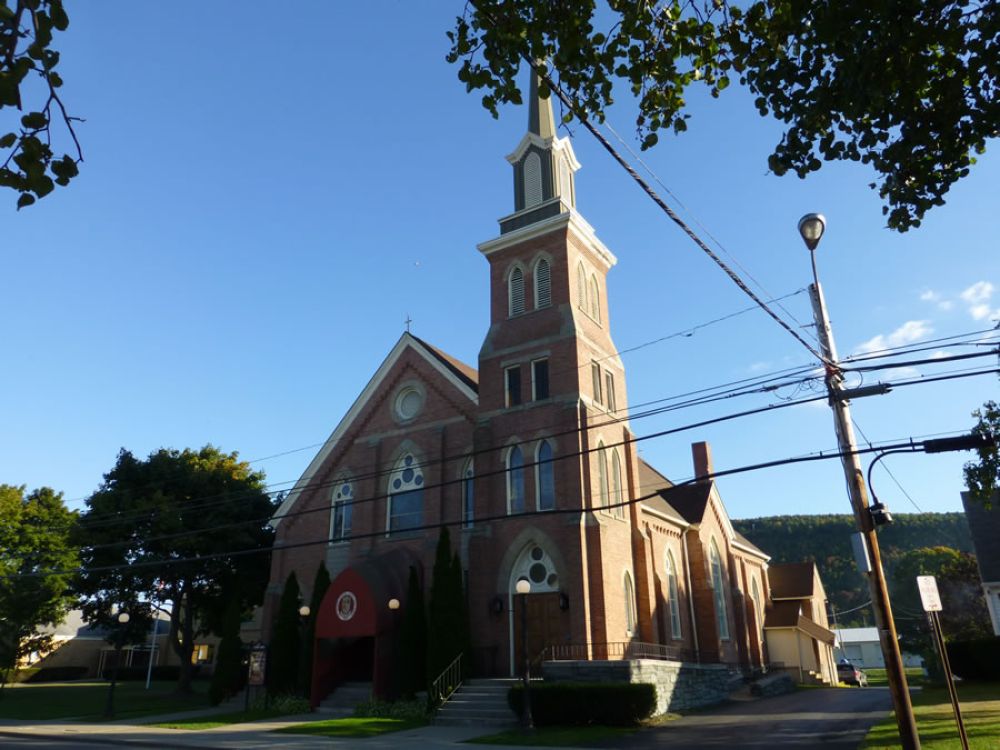

Located in the heart of Byblos Old Town, Lebanon, St. John-Marc Cathedral stands as a testament to the city's rich history and cultural heritage. This Maronite cathedral, dedicated to John the Baptist, reflects centuries of architectural influence due to Byblos's interaction with various civilizations through the ages. Its construction dates back to the 12th century, with several restorations carried out over the years to preserve its beauty and structural integrity.
The cathedral's architecture is a blend of Romanesque style, characterized by its rounded arches and grandeur, and Gothic elements, noticeable in the pointed arches and ribbed vaults. Visitors are often drawn to the cathedral's balcony, which offers a panoramic view of the ancient city and the Mediterranean Sea.
Throughout its history, the cathedral has been a focal point of Christian worship within the city of Byblos, known locally as Jbeil, and continues to be a site of significant religious and historical importance. Tourists from around the world are drawn to St. John-Marc Cathedral not only for its architectural beauty but also to experience a piece of Byblos's spiritual legacy.
Byblos Old Town is recognized as one of the longest continuously inhabited cities in the world, with evidence of settlement dating back to Neolithic times. This historical gem was designated a UNESCO World Heritage Site in 1984, solidifying its status as a cornerstone of global cultural heritage.
The old town is a maze of narrow alleys and traditional Lebanese buildings. Aside from the St. John-Marc Cathedral, other notable sights include the ancient Byblos Castle, the old souks, and the historic harbor, which echoes the city's past as a pivotal trading hub. Byblos Old Town has artfully preserved its ancient Phoenician, Roman, and medieval ruins, making it a living museum of archaeology and history.
The history of tourism in Lebanon dates back to the 19th century when the region started to attract Western travelers keen on exploring its historical sites, diverse cultures, and natural beauty. In the mid-20th century, Beirut, Lebanon's capital, was often referred to as the "Paris of the Middle East," known for its vibrant nightlife and cosmopolitan lifestyle.
Despite periods of political instability and conflict affecting the tourism sector, Lebanon has seen a resurgence of interest in recent years. Travelers come for its archaeological sites, cultural events, renowned cuisine, and the hospitality of its people. Lebanon's rich blend of sea and mountain scenery has also cemented its appeal as a unique travel destination.
The latest tourism trends in Lebanon are leaning towards eco-tourism, adventure travel, and wine tourism, reflecting a growing global consciousness about sustainability and a penchant for immersive travel experiences. The country's ancient vineyards and organic produce are becoming an integral part of the visit for those who want to experience regional flavors and traditional making of wine.
Overall, St. John-Marc Cathedral and Byblos Old Town are integral parts of Lebanon’s appeal to tourists, weaving together threads of ancient history, religious significance, and cultural depth in the rich tapestry of Lebanese tourism.